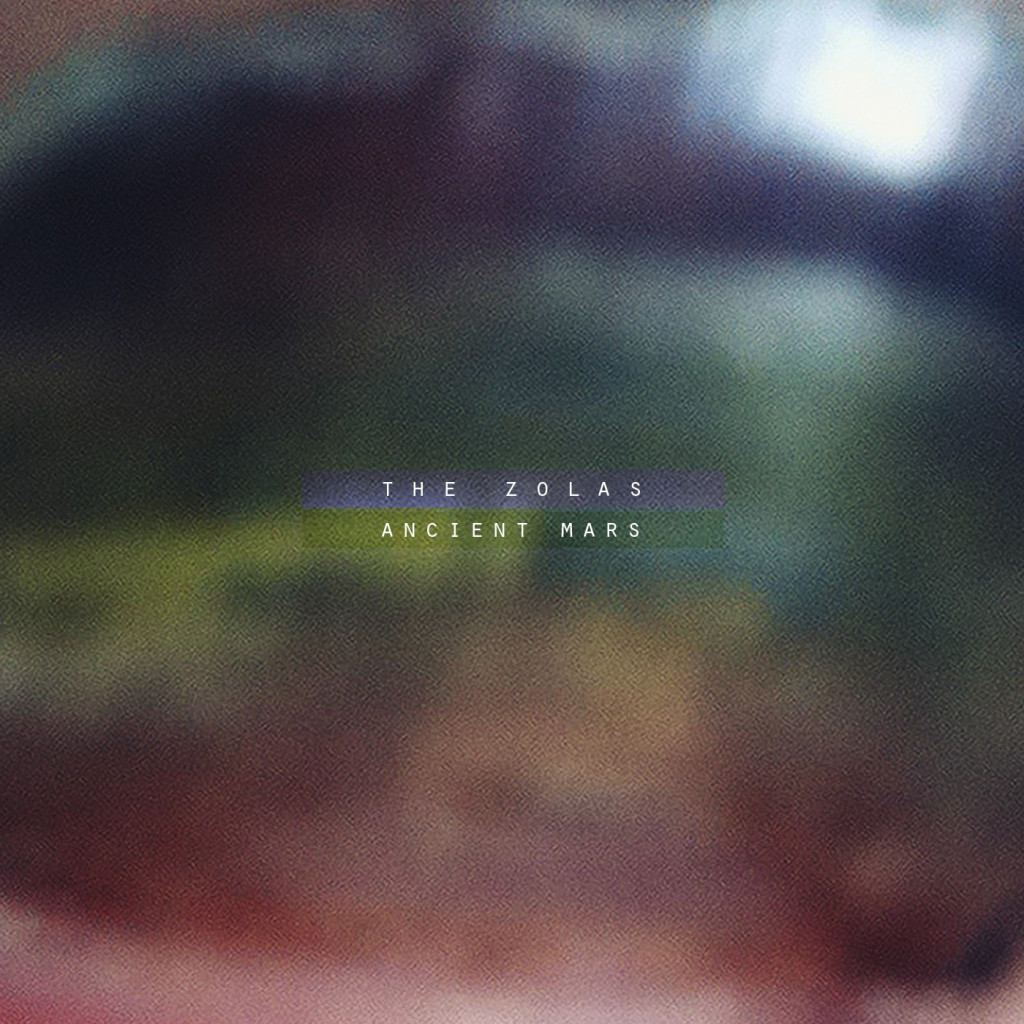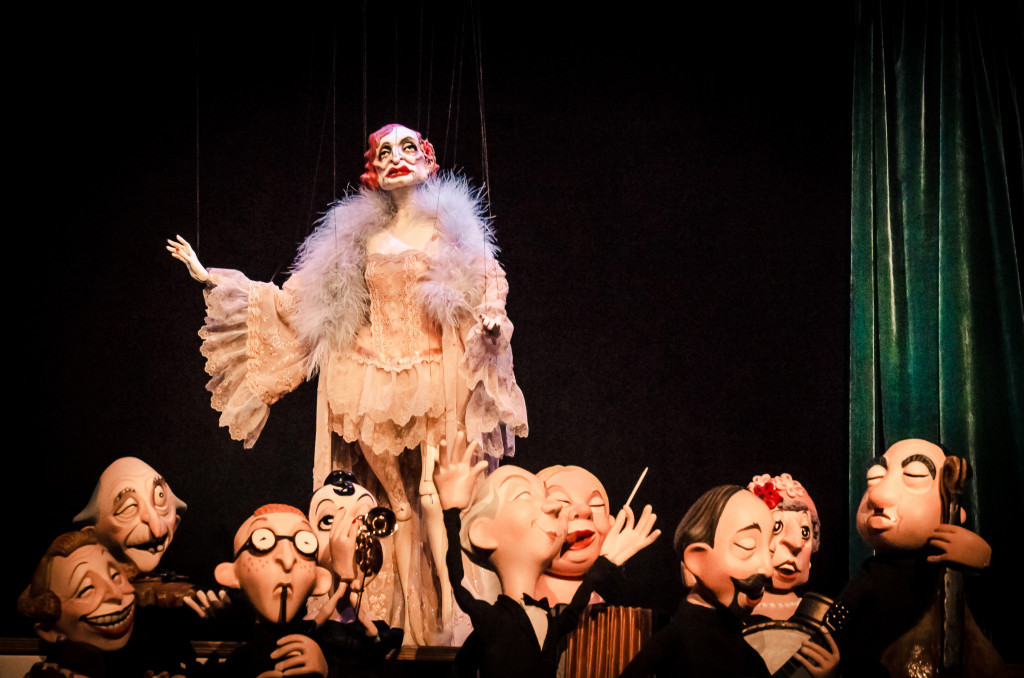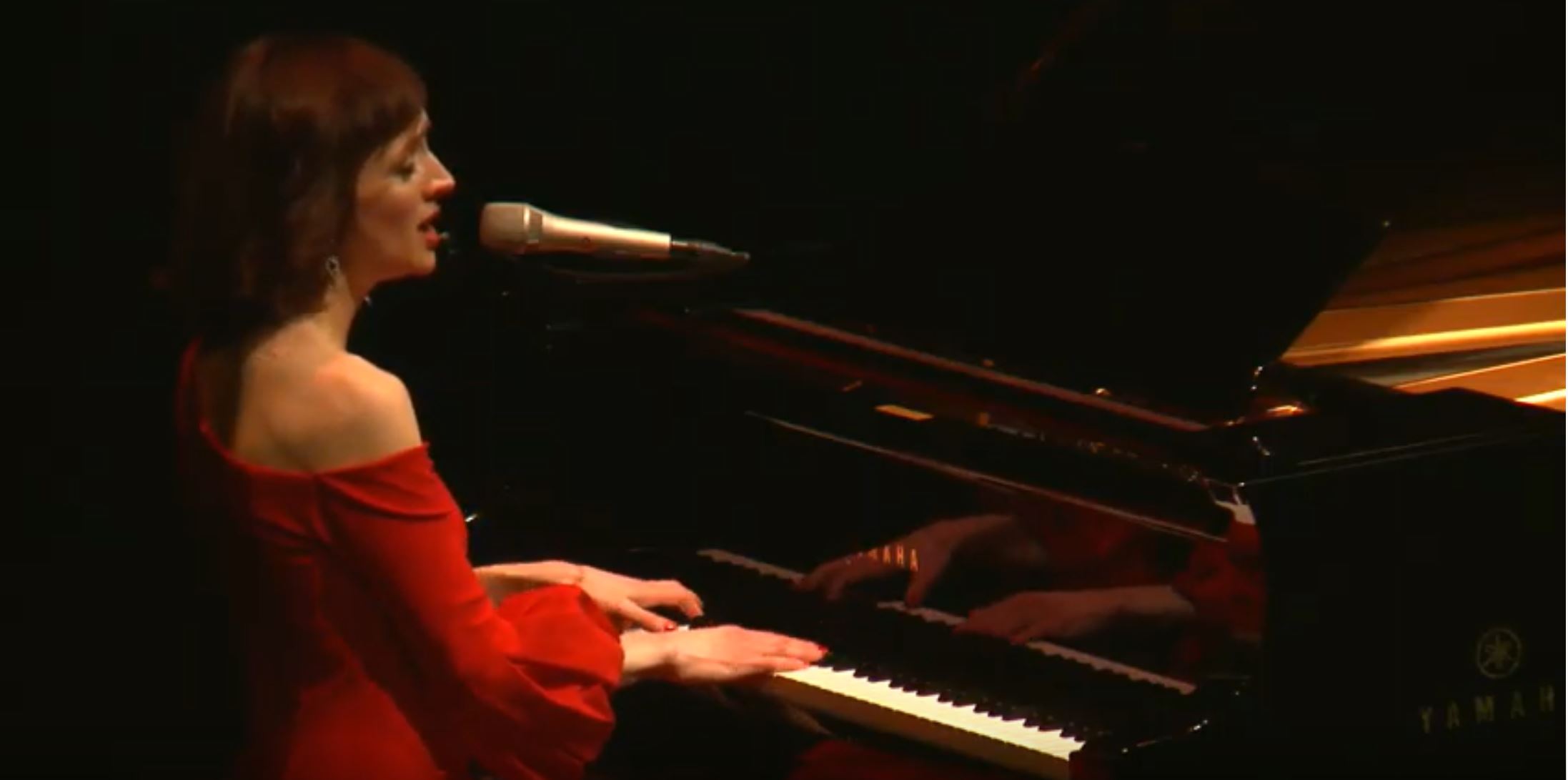
The etiquette of critiquing your peers
By Adam Tatelman, Arts Editor
In arts courses, students are often asked to create original work and share it with the class. By and large, instructors elect to do this in a workshop format; that is, after the work in question is presented, the floor is opened for everyone in the class to comment. Though some find this a daunting proposition, it is actually a very effective litmus test for one’s work, providing a range of responses to consider. However, not all responses are equal; indeed, some border on the inane. So, in the interest of promoting productive discourse among arts students, here are some general guidelines for effective workshopping.
First and foremost, workshop-ees have an obligation to detach their ego from their work. Although they may be immensely proud of it, not every response will be favourable or positive, so it is best not to take anything personally. Since the purpose of workshopping is to iron out flaws in a work as well as praise its highlights, the subject of the workshop should be grateful that everyone is taking the time to give their opinions.
Secondly, critics should do their best to provide relevant feedback. “It was good, I liked it,” or “It was bad, I hated it” are both equally formless responses, far too shallow to constitute analysis. They place all the focus on the critic’s personal feelings, which are not important to the work. What is important is whether the work accomplishes the creator’s stated objectives. If it fails what it sets out to do, then don’t be shy to say so.
Remember to put the same effort into your criticisms as you would like others to put into their criticisms of your work. It is poor form to show up to a workshop unprepared to discuss the work at hand, and other workshoppers may take this as an invitation to brush off your work when the time comes to review it. Just keep the old Golden Rule in mind and you’ll do fine.
You should be able to express yourself fully in a workshop, especially regarding the reactions you have to the other participants’ work, so don’t worry about censoring yourself for the benefit of the subject’s feelings. If they have detached their ego from their work, then they will take the criticism objectively. Of course, you should present your findings with some tact; workshops aren’t the best place for epic roasts, no matter how much you disliked the piece. If your criticisms don’t improve the work you’re analyzing, then you’re just shitting on it.
Perhaps the most important thing to remember is that the work you’re examining doesn’t necessarily represent the beliefs or ideas of the person who created it. The purpose of art is to embody the social conscience of the age it was created in, so be gracious when you discover a work which challenges your views. Be it politically extreme, controversial, incendiary, or even pure troll bait, that work still has just as much right to exist as yours does. Consequently, it should be critiqued on the basis of its form, not how it made you feel.
Considering “diversity” is a favoured watchword of our time, remember that the arts—as well as academia in general—require intellectual diversity. That is the genius of the workshop—whether you want to write political stories, create shocking visual art, or graft your personal philosophy to a film reel, no one in the workshop has the right to tell you “no.” College is the best place to experiment with and develop one’s ideas; treating the workshop with respect is instrumental in doing just that. So extend that courtesy to others if you expect it in return.


